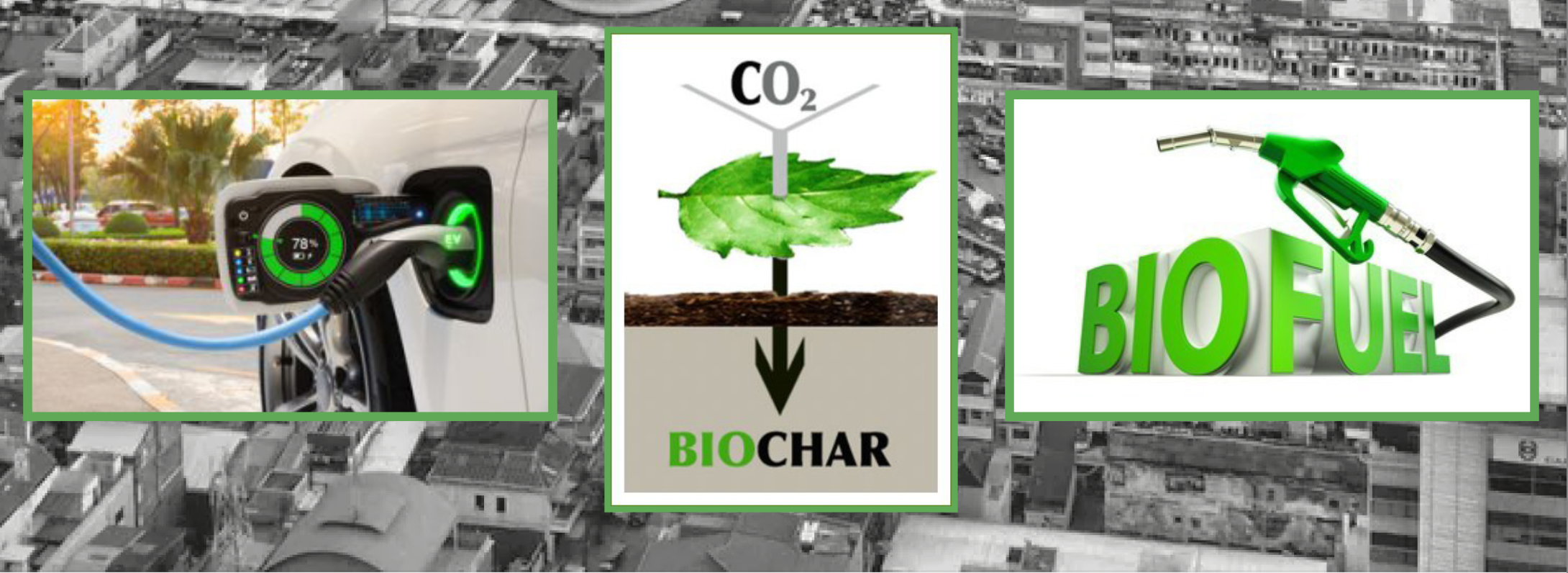
Waste-to-Energy
Waste-to-energy (WtE) is the process of generating energy in the form of electricity, heat and fuels from the primary treatment of solid waste. Waste-to-energy technologies recover energy from waste through fermentation (bio-digestion), direct combustion (incineration and most forms of gasification) or heating chambers (Pyrolysis and other forms of advanced gasification technologies). Incineration and gasification technologies generally produce electricity while bio-digestion, Pyrolysis and some forms of advanced gasification technologies can produce gases, fuels and chars.
While there are multiple waste-to-energy technologies in the market, the three main types that combust MSW and other carbonaceous materials to produce heat, steam, electricity and use hydro-cracking technologies to produce fuels are Pyrolysis, gasification and incineration.
Pyrolysis
- Lesser strain on the air scrubbers & air pollution control devices
- Moderate costs
- Temperature – 600 degrees Celsius to 1000 degrees Celsius
- Material recovery – electricity, heat, pyrolysis oil, syngas
- Energy recovery efficiency
- Is carbon negative
Gasification
- Larger quantities of syngas and flue gases have to be treated
- Moderate costs
- High temperature – 1000 degrees Celsius to 1400 degrees Celsius
- Issues with tar removal
- Energy recovery efficiency (electricity & chemical) up to 35%
- Can achieve carbon neutrality
Incineration
- Higher level of air pollution than Pyrolysis and gasification
- Minimum volume of feedstock required for economic operation of at least 800 tons/day
- High capital costs
- High operating temperature – over 1500 degrees Celsius
- Low energy recovery in terms of electricity output – less than 25% efficiency
- Is carbon negative
